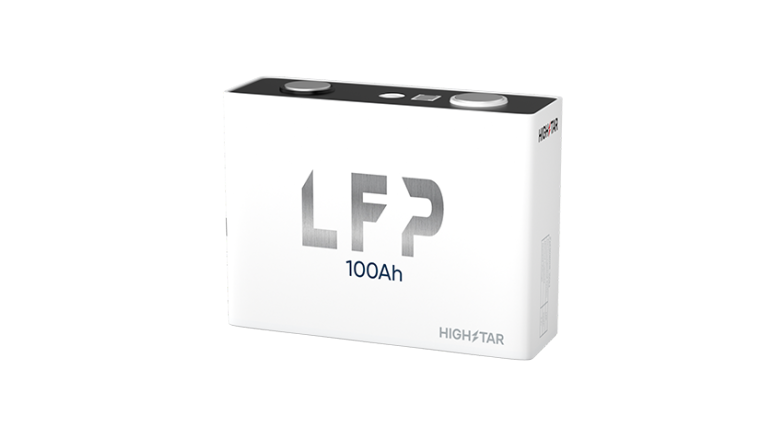When it comes to identifying minerals, one of the most practical and accessible methods is the Mohs scale of mineral hardness. This scale, developed by the German mineralogist Friedrich Mohs in 1812, ranks minerals based on their ability to scratch one another. Understanding this scale not only aids in mineral identification but also provides insights into the physical properties of various materials. Among the many minerals, one intriguing question arises: which mineral can be scratched by a penny but not by your fingernail?
The Mohs Scale of Hardness
To answer this question, we must first familiarize ourselves with the Mohs scale, which ranges from 1 (talc) to 10 (diamond). Each mineral is assigned a value based on its hardness, with higher numbers indicating greater resistance to scratching. For instance, a fingernail typically has a hardness of about 2.5, while a penny, primarily composed of copper, has a hardness of approximately 3.0.
Identifying the Mineral: Gypsum
The mineral that fits the criteria of being scratched by a penny but not by a fingernail is gypsum. Gypsum, with a Mohs hardness of 2, is a soft sulfate mineral composed of calcium sulfate dihydrate (CaSO₄·2H₂O). Its relatively low hardness makes it susceptible to scratching by harder materials, such as a penny, while remaining impervious to the softer fingernail.
Characteristics of Gypsum
Gypsum is not only notable for its hardness but also for its unique physical properties. It typically appears in a variety of forms, including:
- Selenite: This transparent variety of gypsum is known for its crystalline structure and is often used in decorative applications.
- Alabaster: A fine-grained form of gypsum, alabaster is prized for its smooth texture and is commonly used in sculpture and ornamental objects.
- Gypsum Rock: This is the natural, unrefined form of gypsum, often found in sedimentary deposits.
Gypsum is widely used in various industries, including construction (as drywall), agriculture (as a soil conditioner), and even in the production of plaster and cement. Its versatility and abundance make it a significant mineral in both economic and practical terms.
Practical Applications and Importance
Understanding the hardness of gypsum and its identification can have practical implications, especially in fields such as geology, construction, and art. For geologists, recognizing gypsum can indicate specific environmental conditions, such as the presence of evaporative environments where water has evaporated, leaving behind minerals like gypsum. In construction, knowing the properties of gypsum is essential for selecting appropriate materials for building and renovation projects.
Conclusion
In summary, the mineral that can be scratched by a penny but not by your fingernail is gypsum, a soft yet versatile mineral with a Mohs hardness of 2. Its unique properties and applications make it an essential subject of study for professionals across various industries. Whether you are a geologist, a construction worker, or simply a mineral enthusiast, understanding the characteristics of gypsum can enhance your knowledge and appreciation of the natural world.
